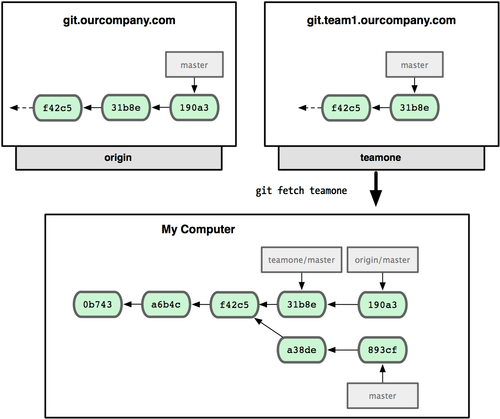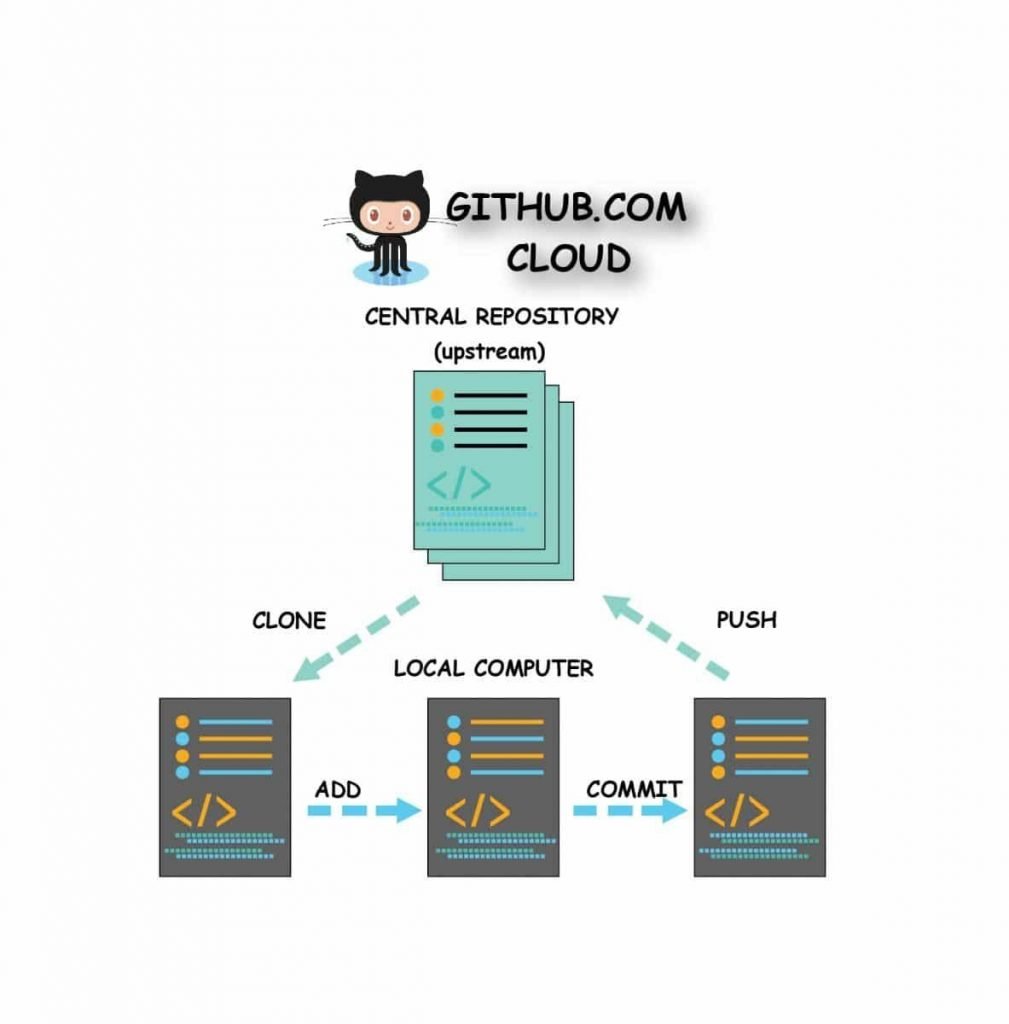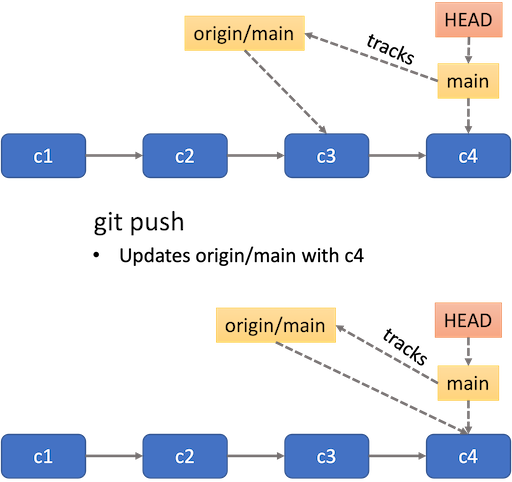

For read-write access, you should use SSH instead: ssh:// /path/to/repo.git For example: But, it’s generally not possible to push commits to an HTTP address (you wouldn’t want to allow anonymous pushes anyways). HTTP is an easy way to allow anonymous, read-only access to a repository. Two of the easiest ways to access a remote repo are via the HTTP and the SSH protocols. Git supports many ways to reference a remote repository. This behavior is also why most Git-based projects call their central repository origin. This is useful for developers creating a local copy of a central repository, since it provides an easy way to pull upstream changes or publish local commits. When you clone a repository with git clone, it automatically creates a remote connection called origin pointing back to the cloned repository. The git remote command is really just an easier way to pass URLs to these "sharing" commands. Instead, developers need to manually pull upstream commits into their local repository or manually push their local commits back up to the central repository. This means that information is not automatically passed back and forth between repositories.

Git is designed to give each developer an entirely isolated development environment. Remove the connection to the remote repository called. After adding a remote, you’ll be able to use as a convenient shortcut for in other Git commands. git remote add Ĭreate a new connection to a remote repository. Same as the above command, but include the URL of each connection. List the remote connections you have to other repositories.
Git push branch to remote full#
Instead of referencing them by their full URLs, you can pass the origin and john shortcuts to other Git commands. Instead of providing real-time access to another repository, they serve as convenient names that can be used to reference a not-so-convenient URL.įor example, the following diagram shows two remote connections from your repo into the central repo and another developer’s repo.

Remote connections are more like bookmarks rather than direct links into other repositories. The git remote command lets you create, view, and delete connections to other repositories. The commands presented below let you manage connections with other repositories, publish local history by "pushing" branches to other repositories, and see what others have contributed by "pulling" branches into your local repository. Instead of committing a changeset from a working copy to the central repository, Git lets you share entire branches between repositories.
Git push branch to remote series#
Users typically need to share a series of commits rather than a single changeset. This is different from Git’s collaboration model, which gives every developer their own copy of the repository, complete with its own local history and branch structure. SVN uses a single central repository to serve as the communication hub for developers, and collaboration takes place by passing changesets between the developers’ working copies and the central repository.


 0 kommentar(er)
0 kommentar(er)
